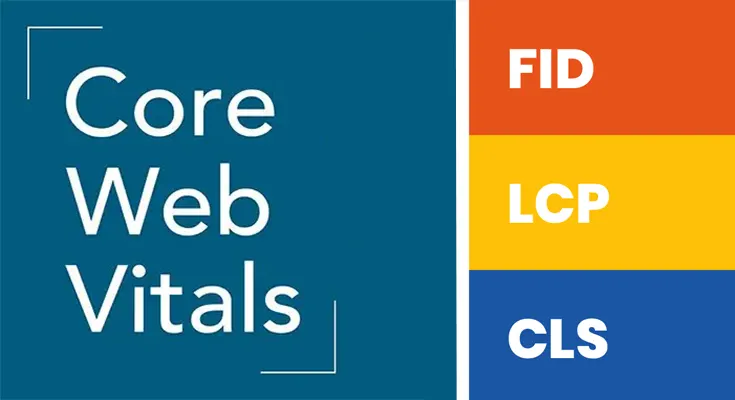A website’s performance whether traditional or cloud hosting is an essential factor in determining whether or not it will attract and keep visitors. Google’s Core Web Vitals serve as essential metrics that measure how users experience your website.
These website hosting metrics focus on loading speed, visual stability, and interactivity – three factors that affect whether site visitors remain or depart in frustration.
Understanding Core Web Vitals Metrics
Core Web Vitals consist of three primary measurements: Largest Contentful Paint (LCP), which tracks how quickly your main content loads; Cumulative Layout Shift (CLS), which measures how stable your page elements remain during loading; and Interaction to Next Paint (INP), which evaluates how responsive your site is when users interact with it.
Improve these web vitals indicators to boost your website’s SEO and user satisfaction.
Strategies to Improve Core Web Vitals
Strategy 1: Optimize Your Images
Images often constitute the largest elements on your web pages and significantly impact your core web vitals test results. Start by compressing your images without compromising quality.
Modern formats like WebP can reduce file sizes while maintaining visual appeal. Additionally, specify image dimensions in your code to prevent unexpected layout shifts as pages load. This simple yet effective approach helps improve core web vitals by ensuring smoother page loading.
Strategy 2: Enhance Server Response Time
Your server’s response speed forms the foundation of website performance. Consider upgrading to reliable cloud hosting services that offer better performance and scalability.
Cloud hosting provides distributed resources that can handle traffic spikes efficiently, leading to improved core web vital scores. Regular server maintenance and updating your hosting configuration can significantly reduce initial response times.
Strategy 3: Minimize JavaScript Execution
Heavy JavaScript can slow down your website’s interactivity. Analyze your site’s JavaScript usage and remove unnecessary code. Defer non-essential scripts to load after critical content appears.
This approach ensures that your main content becomes visible quickly while background processes continue loading. Implementing these changes can dramatically improve your core web vitals test scores.
Strategy 4: Implement Proper Resource Loading
Strategic resource loading makes a substantial difference in website performance. Use preload tags for critical resources and lazy loading for images below the fold.
This balanced approach ensures that essential elements load quickly while conserving bandwidth for less important content. Prioritising resource loading improves user experience and web vitals metrics.
Strategy 5: Monitor and Maintain Performance
Monitoring on a regular basis helps find problems before they affect the user experience. Use tools like Google’s PageSpeed Insights to conduct core web vitals tests and track your site’s performance.
Rather than a one-time effort, performance optimization is an ongoing process. Regular maintenance ensures that your improvements last and continue to benefit your visitors.
Impact on User Experience
Implementing these strategies creates a positive cycle: better core web vitals lead to improved user experience, which results in longer visit durations and higher conversion rates.
People are more likely to look at your content and come back in the future if your pages load quickly and respond well to interactions. If your pages load fast and react effectively to interactions, visitors are more likely to return.
Conclusion
Remember that improving core web vitals requires patience and consistent effort. Implement these tactics methodically, measure their effect, and adjust your strategy depending on the outcomes. By maintaining strong core web vitals, you create a foundation for sustainable online success that benefits both your visitors and your website’s performance in search results.



